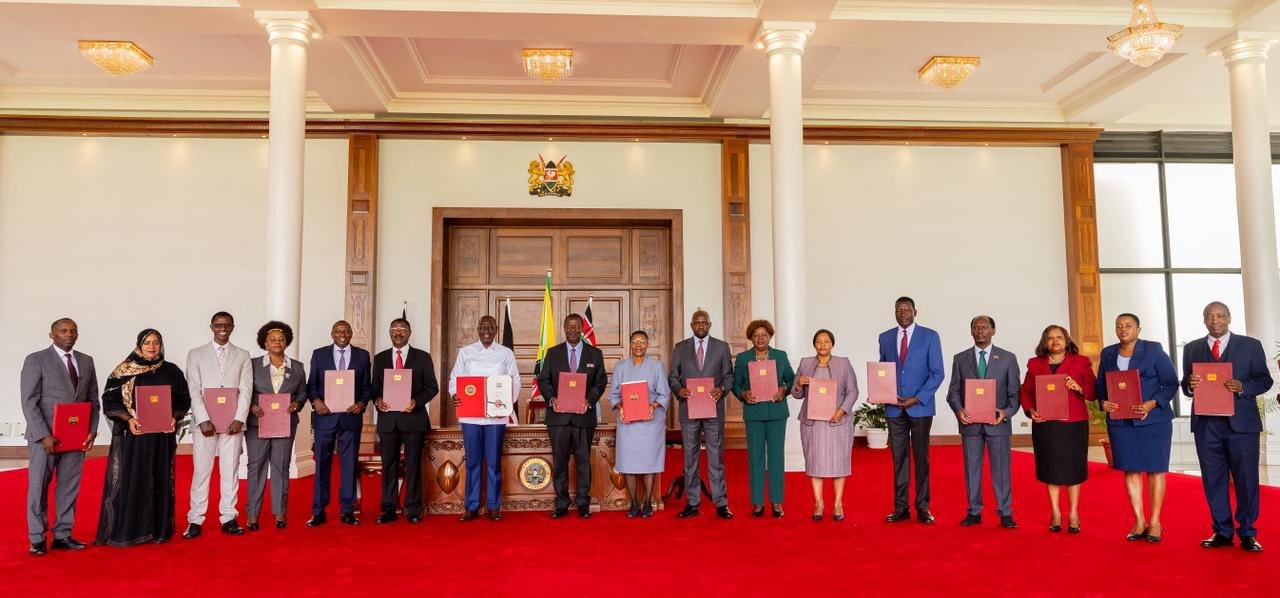By Morris Makabe
Africa bears
the heaviest burden from climate change, with many countries
losing more than 2.5 per cent of their Gross Domestic Product annually due to
its effects.
According to a recent publication by the
World Meteorological Organisation on the State of the Climate in Africa, if we
don’t act now, as many as 118 million poor people could suffer from droughts,
floods, and extreme heat by 2030. Unfortunately, the people most affected by
these disasters are often the ones who contribute the least to the problem, and
among them, children are the most vulnerable.
Unicef reports
about one billion children worldwide are at extremely high risk due to the
impacts of climate change. The observation of this year’s International Day for
Disaster Risk Reduction on October 13 was themed “The Role of Education in
Protecting and Empowering Children for a Safer Future.” This reminds us
to emphasise how climate change harms children and what we can do to protect
them from future disasters.
Children are
particularly at risk during climate disasters because they are more likely to
suffer from injuries, disabilities, and even death. They are also often greatly
affected mentally and physically because of the traumatic experiences they are
subjected to during disasters. Moreover, climate change worsens the leading
causes of death for children: malnutrition, diarrhoea, and malaria. These
problems are intensifying as the climate change situation worsens.
A recent report from World Vision highlights that climate change affects people's ability to feed themselves, and children will suffer most, often leading to other complications.
In most Sub-Saharan countries, where the poorest children are struggling to survive, the impacts of climate change make it worse.
They are
not able to get necessary nutrition and suffer health care. Further, they lose
their chance to get a proper education, meaning they cannot escape the poverty
cycle.
In 1989, world leaders took a bold step to protect children by adopting the United Nations Convention on the Rights of the Child, setting out fundamental rights of all children, including the right to be protected from harm.
Since then, many
countries have created national strategies to protect children from various
dangers. However, as climate change continues to increase the frequency and
severity of disasters, it is necessary to revisit these strategies and adjust
them to meet the new challenges children face.
One way to protect children is to ensure that children-specific protection strategies are developed and implemented at all levels.
They must also be integrated with
national and local disaster risk reduction strategies. Countries need to ensure
their plans specifically address protecting children during cries.
Additionally,
children should be empowered early and given equal opportunities to participate
in disaster risk reduction efforts. By re-evaluating their education, certain
disaster risk reduction strategies can be introduced to curriculums to ensure
they are well-informed and participate equally.
In arid and
semi-arid regions, where the effects of climate change are the highest,
disaster risk reduction strategies must refocus on how best to protect
children.
As we approach the end of the Sendai Framework for Disaster Risk Reduction (2015-30), it's time to evaluate our progress. The framework’s goal is to reduce disaster risk and build resilience worldwide.
However, with the worsening impacts of climate
change, it is urgent to strategise and put children and other vulnerable populations
at the centre of disaster planning.
In conclusion, the fight against climate change must include more than discussions in workshops and conferences to develop strategies that take years to implement and sometimes end up stored on the internet. It must also not be only about protecting the environment and natural resources. It must go beyond that to include one of the most vulnerable groups, children.
All stakeholders, including governments, development partners, the private sector, and communities, must prioritise children in their disaster risk reduction strategies, without which we will have no future.
Besides this, children must
be empowered through educational programmes as critical contributors to climate
change mitigation. Protecting children from the dangers of climate change must
be a top priority for all governments and stakeholders, especially in Africa.
The writer is a
communications specialist.













